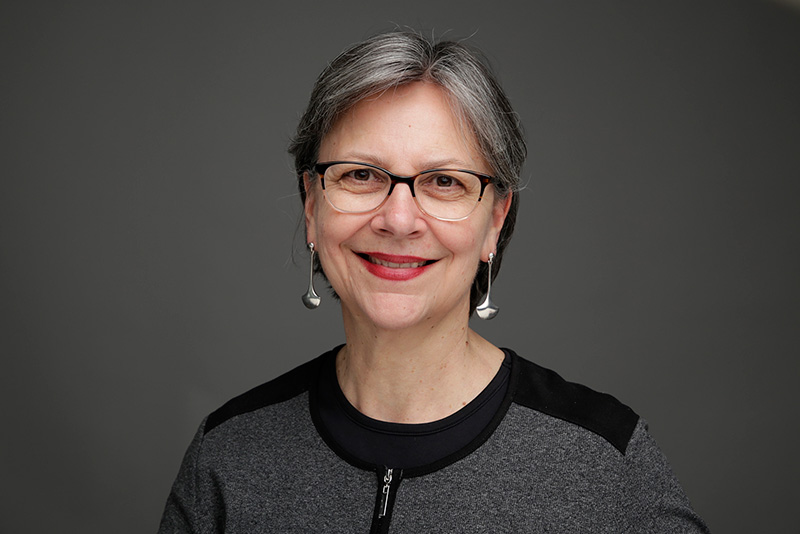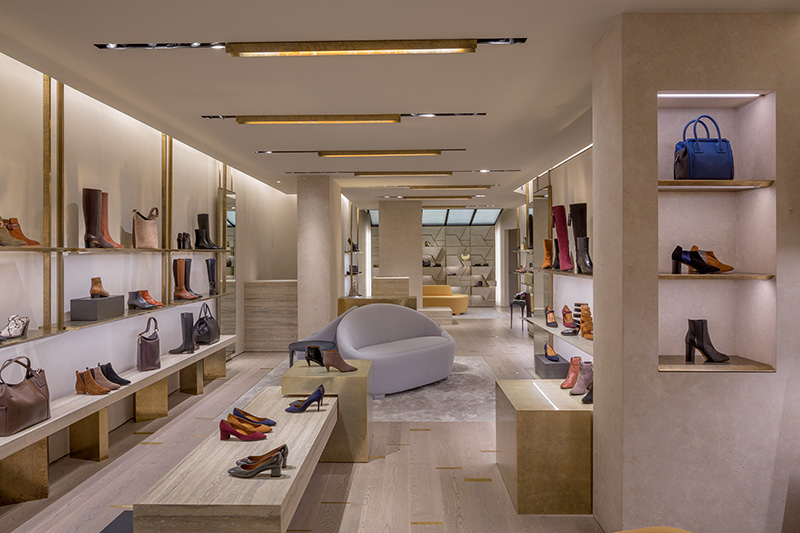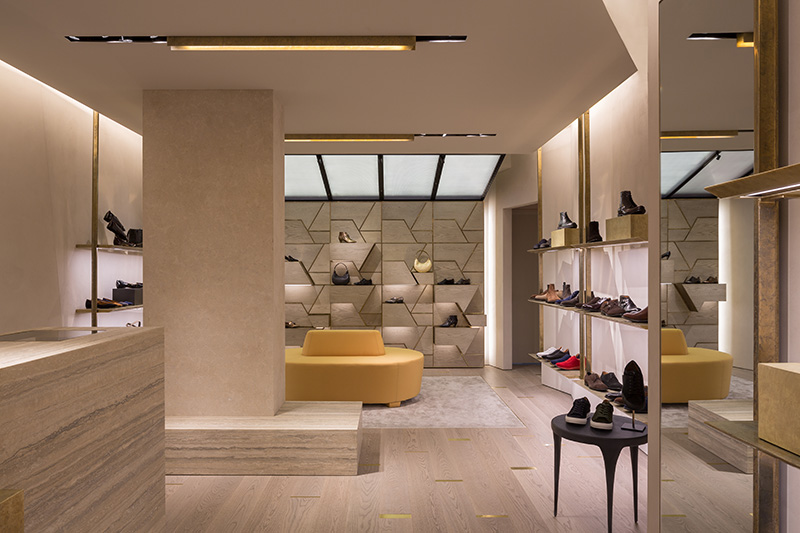by: AIA New York
AIANY Interiors Committee co-chair Barbara Weinreich, Assoc. AIA, RA, NCIDQ, is a Visiting Associate Professor at the Pratt Institute and former Director of Graduate Programs at The New York School of Interior Design. She is a registered architect, NCIDQ certified, and was a Founding Principal at MNA (now Neumann & Rudy), a leader in retail design whose clients included Ralph Lauren, Patagonia, West Elm, and Bergdorf Goodman. She has a BA, Magna Cum Laude in Art History from Brown University and a MArch from Columbia University’s GSAPP.
This season, the Interiors Committee is particularly busy with the 6th annual AIANY Interiors Residential Review showcase. We invite you to join us at the Opening Reception on Thursday, October 12, from 6–8pm at the Artemide, Boffi, and Foscarini showrooms on Greene Street in SoHo. The committee also recently hosted the latest edition of Recipe for a Room, a model-making contest about building spatial, sculptural, miniature rooms while fostering creativity and professional mentorship, and selected three winning student-mentor teams during a live event on September 6, 2023.
We asked Weinreich earlier in the year about some of her favorite projects and sources of inspirations, as well as her thoughts on architectural education at present.
Q: What has been particularly challenging in your recent work?
Keeping up with technology in terms of what we teach and how we teach. There are so many platforms and programs and applications that are being introduced and then evolving, that setting a curriculum to fully prepare students for practice is daunting.
Q: What do you see as an architect’s role—and responsibility—within our culture?
In order to thrive, architects and designers must position themselves as absolutely essential, not only as problem-solvers but as visionaries. We get a generalist education as architects, and as such have a responsibility to bring that kind of wide-spectrum approach to problem solving in every arena. And the most important areas to focus on right now are climate change, resiliency, and equity.
Q: What are your thoughts on architectural education today?
In light of the IT and AI storm that has arrived, I believe we should be emphasizing what we as humans can do that AI can’t. I would have said iteration at one point but it’s clear that computers iterate quite successfully. So maybe it centers on empathy and community engagement as tools that we foster. People talking to people and working together. I also believe we should be teaching more about designing and building with components, design for disassembly and design using existing building stock. The last being what we have always done in the field of Interior Design.
Q: What are your greatest sources of inspiration?
In the past few years, I have personally focused on learning more about design for disability, neurodiversity, and equity. I am really inspired by the activists and designers who have done the work to shine a light on these areas.
My students and the emerging generation of architects and interior designers are also an inspiration. Their dedication to sustainability, equity and accessibility—and using practice and pedagogy to address these challenges—gives me hope for the future.
Q: What are some of your favorite recent projects that you’ve worked on?
As a retail architect, I loved the architectural storytelling of a brand. Two projects I did with MNA (now Neumann & Rudy) were highlights. The Tommy Bahama flagship on 5th Avenue evokes the tropical resort feel of the brand but with a NY edge. Finishes and fixtures reference the peripatetic world traveler with everything from nautical rope to Napoleonic campaign furniture. The Aquatalia store on Madison Ave used rich yet unadorned finishes and forms to express the elemental luxury of the brand. A “skylit” feature wall in the back of the shop mitigates the cave-like challenges of the existing site.













